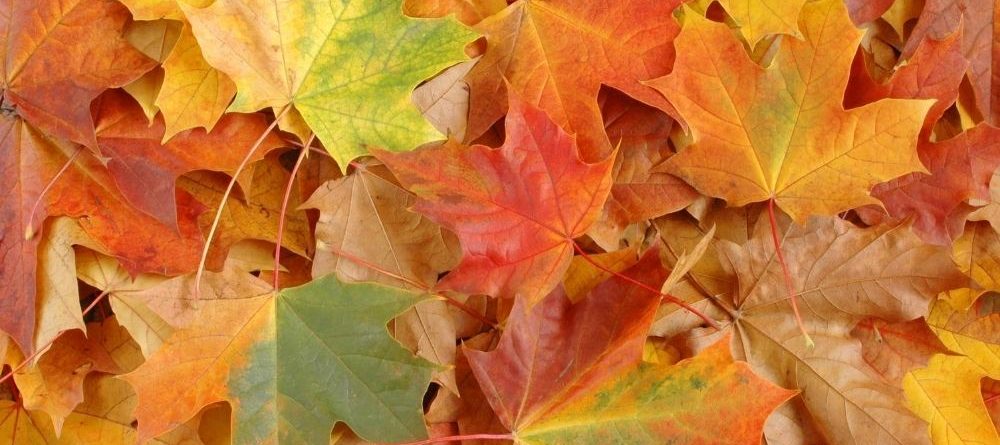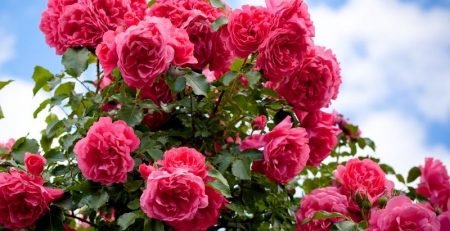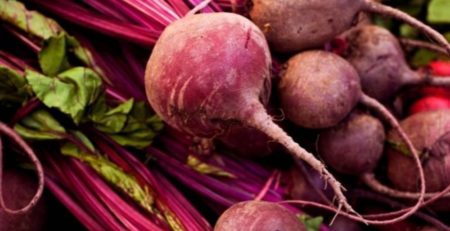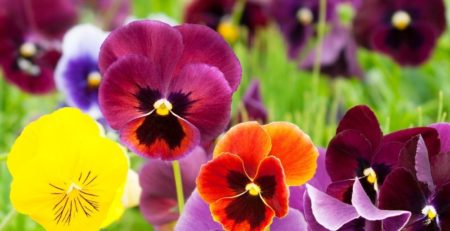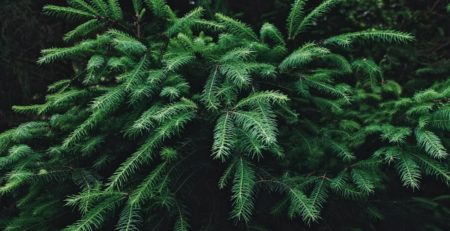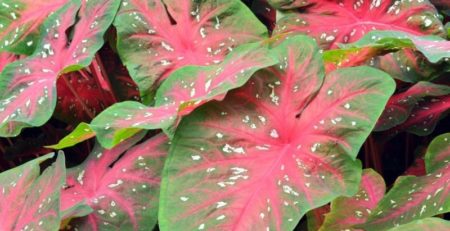November Garden Tasks
Warning! Average Date of First Freeze in Dallas County: November 21st-30th
Planting
- Begin refrigerator chilling of tulips and Dutch hyacinths (about 8 weeks) in preparation for late December to early January planting.
- Plant daffodils from late October to mid-November.
- Plant pansies, flowering kale and cabbage, dianthus, cyclamen, and violas for fall color as the weather cools at the end of the month.
- Plant cool season fescue grass by mid-month or overseed established fescue lawns if needed. If you choose to overseed a Bermuda lawn with winter ryegrass, do so by mid-month.
- Divide and re-plant ground covers like liriope and mondo grass, as well as new ground covers.
- Select and plant shrubs and trees, especially those that are grown for fall foliage, while fall color is visible. Late October is an excellent time for planting shrubs and hardy perennials, although it’s best to wait until the winter dormant season for planting shade trees, or transplanting large woody shrubs or ornamental trees such as crape myrtles.
- October to January is the time to plant trees and shrub that are “balled & burlapped.”
- Plant cilantro, garlic, leaf lettuce, parsley, radishes, spinach, and turnips.
Pruning
- Prune dead wood from trees and shrubs, but wait until the dormant season for major re-shaping. Tidy the garden by removing spent summer annuals, pruning dead bloom spikes off warm season perennials, and re-shaping overgrown perennials later in the season.
Plant Care
- Watch for scale insects on ornamental plants such as euonymus, hollies, gardenias, and camellias, and treat as necessary. Watch for brown patch in St. Augustine lawns and control with fungicide as necessary.
- Fertilize established fescue lawns according to soil test recommendations.
- As the weather cools, bring potted tropicals and houseplants inside, inspect for insects which could multiply rapidly indoors.
- Mulch or gather leaves regularly as they drop, as a thick leaf layer on lawns can promote insects and diseases and delay winter dormancy. Add excess leaves to the compost pile or shred leaves and use as mulch in beds.

